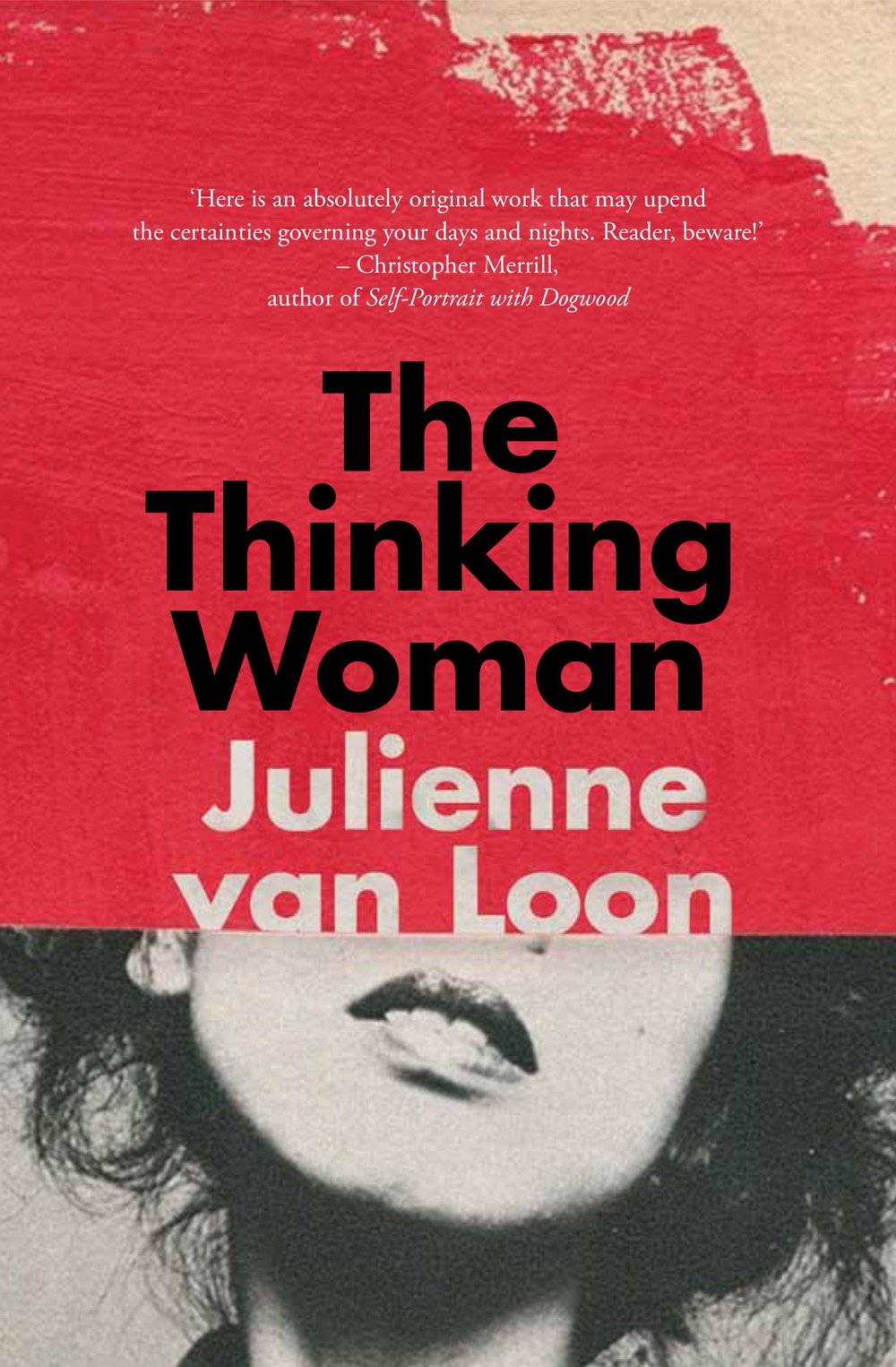For quite some years, The Thinking Woman was an idea for a book I was yet to begin. Back in the year 2000, almost twenty years ago now, I read Alain de Botton’s The Consolations of Philosophy and I enjoyed it immensely. As the title suggests, it’s a book about taking comfort from the work of philosophy. Written in a companionable tone, de Botton manages a blend of first-person reflection and accessible explanations of classical philosophical ideas. His project is to make thinking about meaning relevant to the challenges that face us in our everyday lives.
A fairly obvious problem with The Consolations of Philosophy is that it is a book inspired entirely by the thinking of dead white men. They’re wonderful thinkers: but they’re all of a type. Almost as soon as I closed the covers, I thought, wouldn’t it be great if someone would write a similar book, but showcase all living women? What would that book look like? What would it have to say?
I carried that thought with me for a decade and then I decided that perhaps I was the person to write that book. A crazy idea, maybe, but I was encouraged by many friends and colleagues to do it, and their belief in my capacity as well in the need for such a work spurred me on, and so I began to plan and to read and to think.
My intention with The Thinking Woman was to write a book both academically rigorous and accessible to a broad readership. I did this very aware of the criticisms these kinds of projects can elicit: some academics would feel the work over-simplified, some members of the broader readership would find it too intellectual. I was interested in taking up the challenge of walking that particular tightrope. I also wanted to write a book both creative and analytical. Again … not an easy task. I hoped, also, to write a deeply thoughtful book: to counter, to some extent, some of the instant philosophy and under-researched opinion pieces that count as public discourse in our social media age. In this sense, The Thinking Woman was a bit like slow cooking. It has taken six years in practice, and longer if we count the ‘dreaming up’.
When I embarked on the project proper, I chose six themes, and these themes have stayed constant throughout the process. These are: love and friendship, work and play, fear and wonder. And I began to re-read books that had made a difference to me, by thinkers who had made a difference to me. These included the polemical non-fiction work Against Love by Laura Kipnis, and all of the books published by Siri Hustvedt. These two women became my first interviewees. Neither would be widely identified as philosophers. As time went on, I came to apply the term thinker to the women whose work I was interested in profiling in the book. I was attracted to the work of women working in gender studies, in cultural studies, in fiction and mythology, and in several cases to women who do their thinking from outside the academy: independent scholars, writers and activists. I was looking at philosophy in its broadest sense.
There is an old dictum that an idea isn’t properly understood until it’s applied. The Thinking Woman is not a book that seeks to intervene in theory. It is a book that seeks to apply theory to practice, and by practice I mean, to a large extent, my own practice of everyday life. As I wrote, the book became much more a work of memoir than I had anticipated at the beginning: and that is entirely because of this applied, reflective-thinking approach to the ideas I was interrogating. This form of self-reflection is difficult to do. I encourage others to try it. I was interested, too, in the everyday lives of the women whose intellectual work I was discussing, so their life experiences and reflections become part of the book, too. The subjects I’ve chosen here are living, thoughtful, smart, intellectual women: women with courage, women with big ideas, women who have faced with style the challenges many of us face when we dare to step forward into the public domain to give voice to ideas. I met with the majority of the them in person, and discussed the ideas and life experiences we had each grappled with, and so dialogue and conversation became a very significant factor in the shaping of the material.
As I have said, Alain de Botton’s book, which sparked the idea for The Thinking Woman, is called The Consolations of Philosophy. Does The Thinking Woman console? I’m not sure it does. I think it’s become a more provocative piece of work. One of my early readers – Christopher Merrill – endorses the book with the statement “Reader beware!” That response says something about the provocations within. I’m pleased with Christopher Merrill’s response, because I have found the thinking of the women whose work I profile here deeply provocative, and one of my key hopes is that other readers will find their work provocative too. But this is not a book motivated entirely by the desire to provoke. It’s also, I hope, an affirming read. There’s a lively energy here, in the work of Rosi Braidotti, in the work of Nancy Holmstrom, Julia Kristeva, Marina Warner, Siri Hustvedt, Laura Kipnis. There’s lively direction and purpose, too, in the work of the activists I discuss: Helen Caldicott and Rosie Batty. Another of my early readers, Amanda Lohrey, told me she felt re-invigorated by reading The Thinking Woman. I’d be thrilled to discover the book is able to re-invigorate other readers in this same way. I think that would do us all some good. In giving serious consideration to work of contemporary women thinkers, the world has much to gain.
Julienne van Loon's book The Thinking Woman will be published by NewSouth in March 2019.



